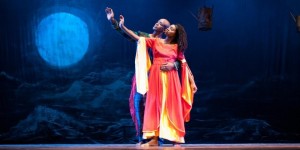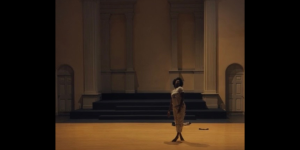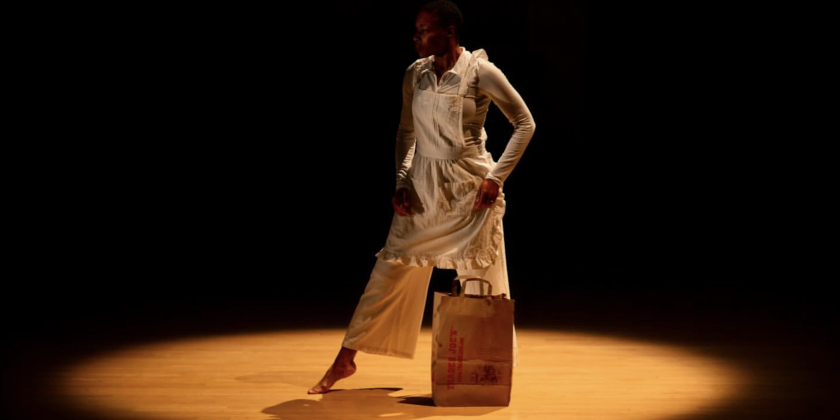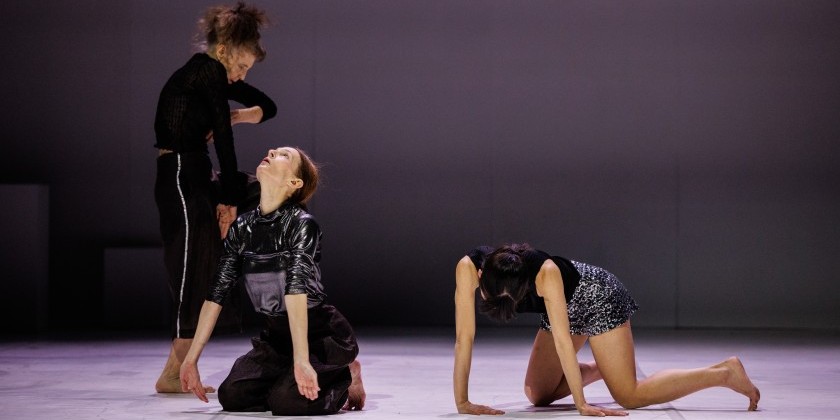Impressions of: Platform 2015 Series Dance Dialogues (Part 2)
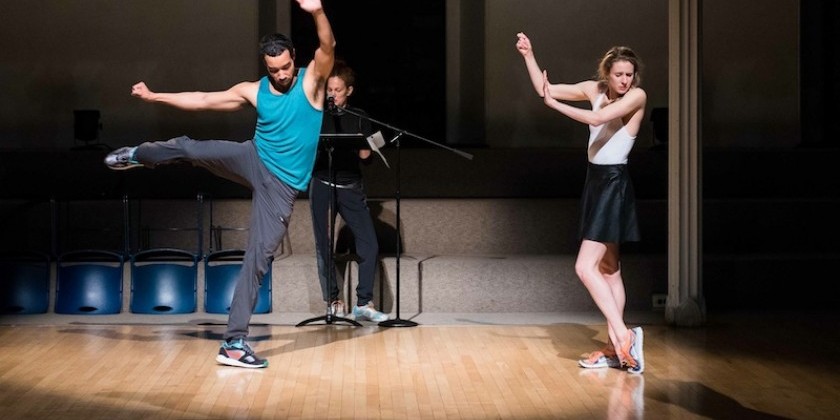
Jodi Melnick and Sara Mearns/ Rashaun Mitchell and Sterling Hyltin
Danspace Project
Thursday, March 5 - Saturday, March 7, 8pm
Sara Mearns & Rashaun Mitchell
Sterling Hyltin & Jodi Melnick
The best thing about the Platform 2015 Series Dance Dialogues performance on March 6th was the chance to see dancers Jodi Melnick and Sara Mearns in close quarters. Melnick can articulate every fiber of her body in the most fluid way. Mearns, so sinewy and recoiled into her own spine she looks shrink-wrapped, is an athletic powerhouse with a musical soul.
These riveting dancers are the products of two very different dance traditions. Dance traditions that have been a part of the NYC cultural landscape since the 1940s.
The 2015 Platform Series is, in part, a celebration of dance difference. It is also a fetishization of dance history. The other dancers in the program, Sterling Hyltin of NYCB and Rashaun Mitchell, formerly of Merce Cunningham, acted with Mearns and Melnick to resurrect the dance processes of the past. It was Judson Church-era dance meets Balanchine-style ballet. The series was curated by dance writer and poet Claudia La Rocco.
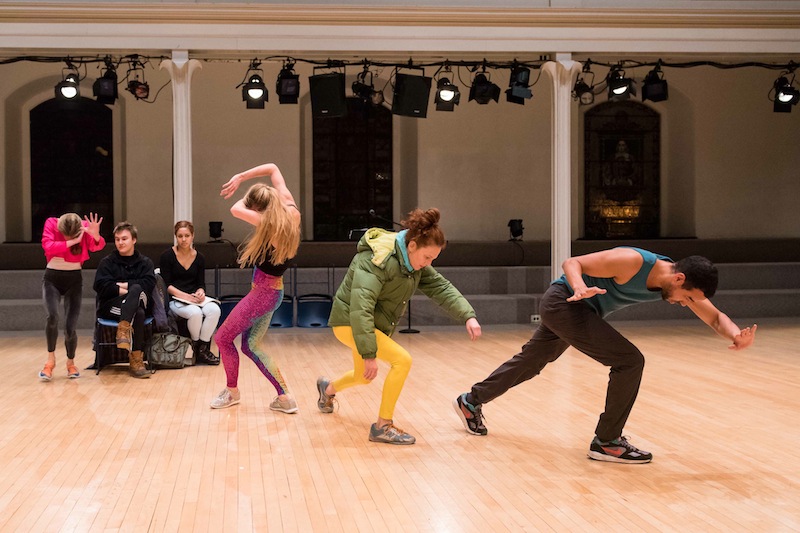
In the program notes it's explained that one of the impetuses for the series was to address the lack of meaningful engagement between artists from ballet and contemporary dance.What does the curator mean by meaningful? Ballet and modern and contemporary dancers in NYC watch, interact, and learn from each other all the time. Go to Zvi Gotheiner's ballet class at City Center any weekday morning and you'll see scores of release dancers at the barre with bunheads. Auditions at the Met Opera draw in a dizzying mixed bag of downtown and uptown types. And the Mark Morris Dance Group trains in ballet. It's also important to note that ballet and contemporary dancers connected quite easily in the past. Judson dancers took ballet class in the morning, then headed to Soho to throw furniture.
(The other impetus for the 2015 series is the idea of critic as poet, à la Edwin Denby. This is critic as connector, never adjudicator. We should not be surprised. Criticism in the self-esteem and empowerment age is dead on arrival. Judgment is mean. But learning to take criticism is an important part of growing as an artist. And what is a non-judgmental critic but an enabler?)
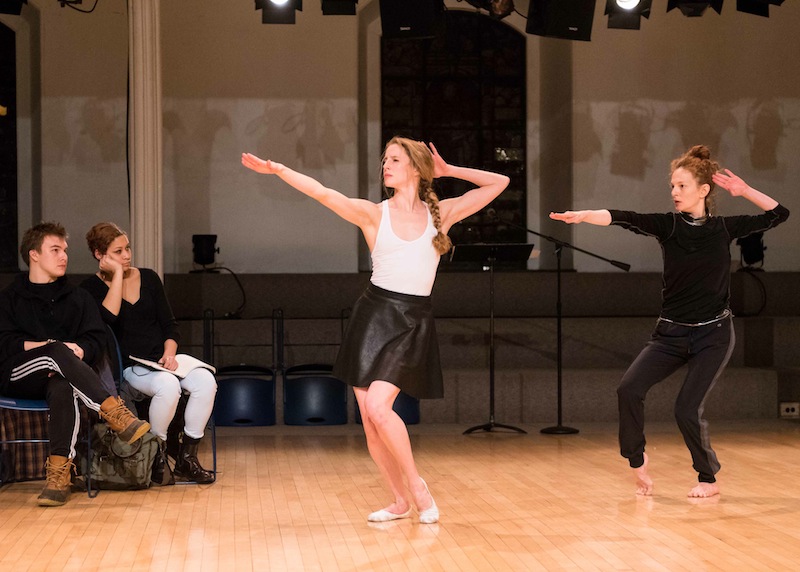
A good portion of the evening was spent in chance dances, dancers throwing a large die to arrange movement phrases. Of course, chance operations are hardly contemporary. But there are many ways to enjoy a dance concert. Aesthetics, if not intellectualism, absolves. Melnick, who would be beautiful sitting onstage eating a ham sandwich, carried the show. Mitchell executed some brilliantly Faun-like postures that were a delight to observe. The group dances and duets were mostly underwhelming; pastiche is the risk you run when you put together dancers of various disciplines. Pastiche can make for a very long hour. (Most was performed in silence, btw.) Perhaps that's okay. It's important to remember that not all Judson era dance was Trio A. Much of it was dull, boring, tiresome, self-indulgent just as today.
There was a bright spot. In a section called sleepwalker session with multiple deaths Hyltin directed Melnick in La Sonambula. This was pure comedy, with Hyltin correcting Melnick's modern dance version of the ballet. It riffed on the old ballet-versus-modern joke. And it is a joke.
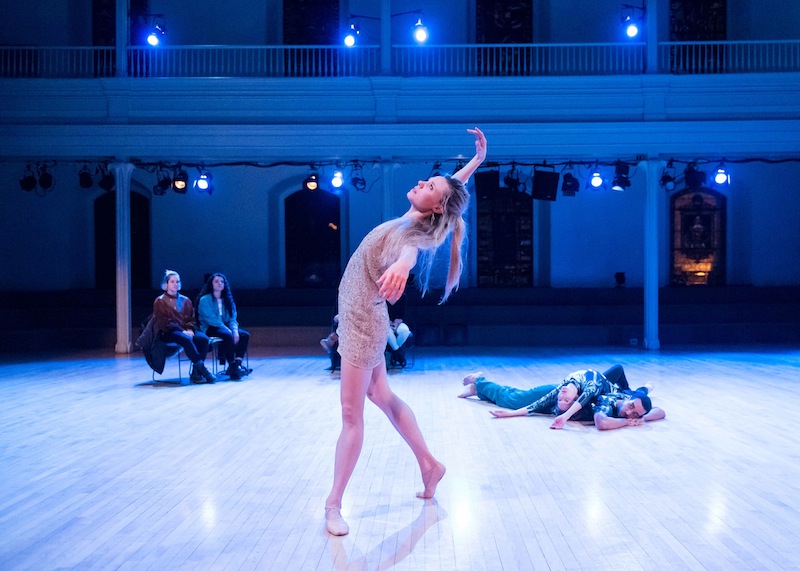
Was it meaningful? I'm not sure. It was certainly entertaining. The upshot was we got to see Hyltin in a very different way. Although she was wonderful as a performer coaching Melnick and then dancing the somnambulist, Hyltin was the least versatile dancer of the four. Weightedness is not her thing she looks like she weighs about 68 pounds and the modern dance vibe and intimate setting called for something she couldn't deliver.
Another thing that didn't work was Rashaun Mitchell shouldering six or seven metal and plastic chairs. Was this a nod to Cunningham's Antic Meet? It came across as an awkward and terrible thing to do to this lovely dancer making him literally shoulder modern dance history. It fairly incapacitated him.
Melnick is a great artist. And so is Mearns. But whereas Melnick rode the end of the wave of post post-modern dance in NYC Mearns is the first great ballerina in a post-Balanchine New York City Ballet. When it comes to new work she has to content herself with guest choreographers and the occasional outside gig, like Platform. I can't help but wonder how much brighter she would shine were she in a city not overburdened by its dance history.




